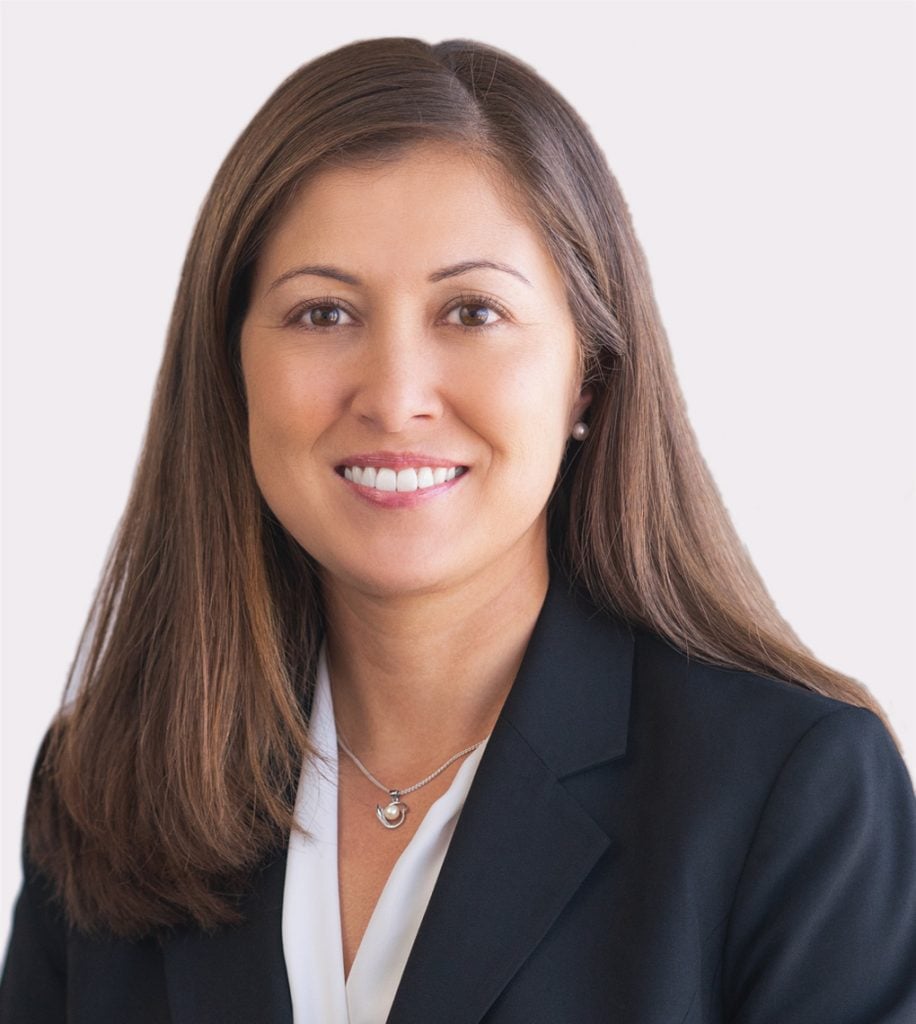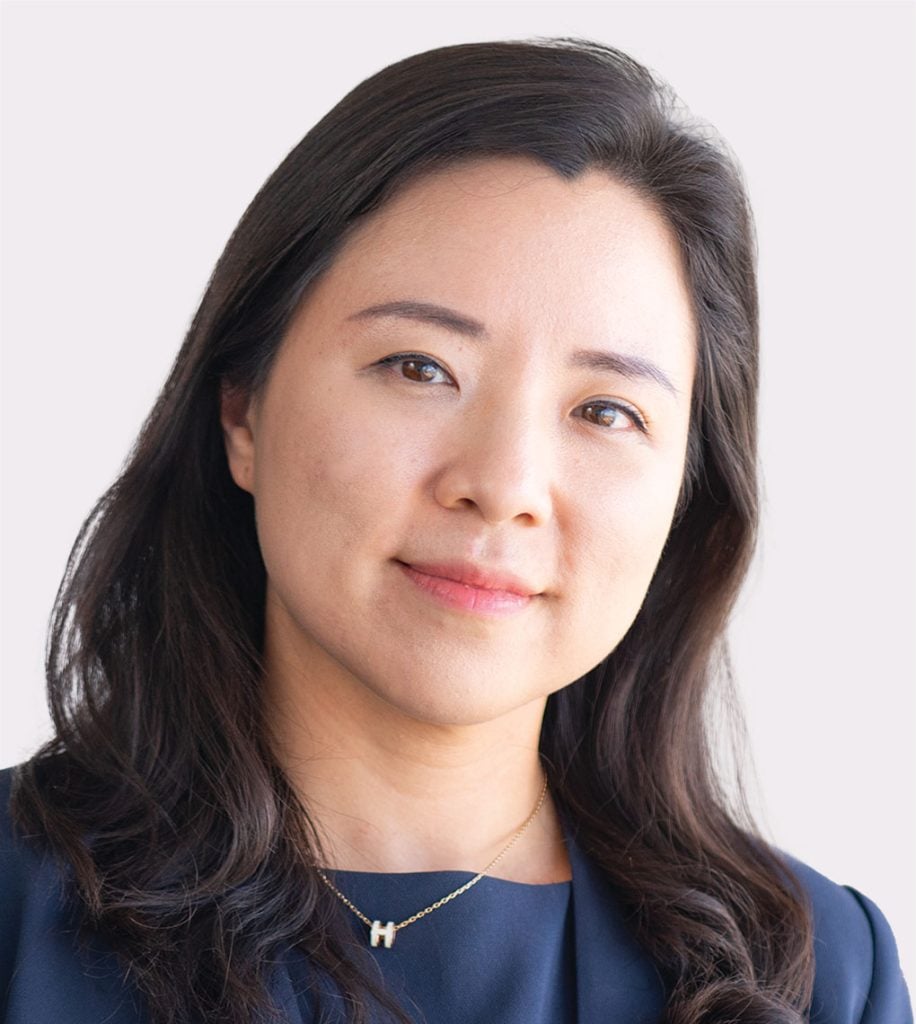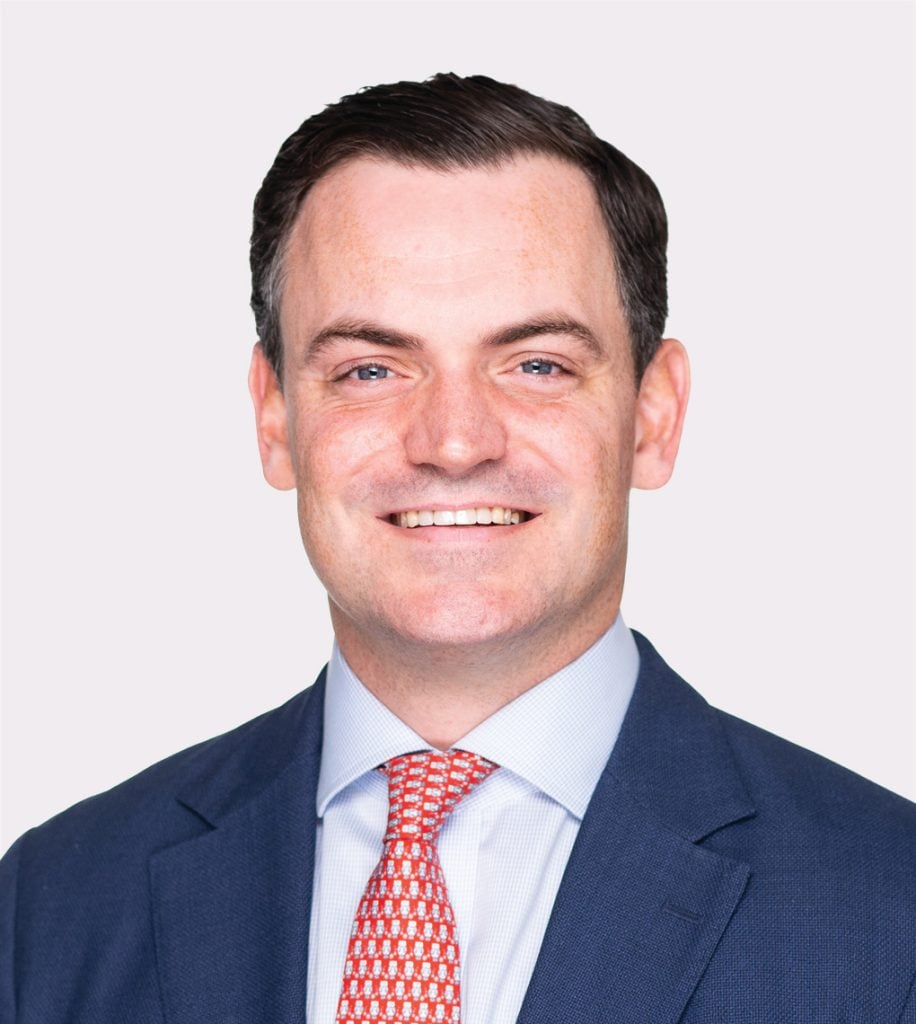Entry Points | Dividends vs Buybacks
May 2024
Portfolio Manager Tim Collard explores shareholder yield and examines the pros and cons of capital allocation through dividends and share buybacks.
Catalysts in play: How well a company allocates capital is a key indicator of its efficiency and future profitability. But if a business is reasonably consistent in generating earnings and cash flow, and has excess capital after reinvesting in itself, what is the most efficient way to return that capital to shareholders?
Entry points: For companies with excess capital whose balance sheets are in good standing, there are really two options: dividend payouts and share repurchases. Each has its pluses and minuses, but only one can create long-term shareholder value.
- The pros and cons of dividends: Dividends can provide an income stream, which may be attractive for investors. But dividends also essentially create a fixed commitment for company management, and they may not be the best allocation of capital at all times. Plus, dividends are taxed at both the corporate and individual levels, while their payouts also present reinvestment risks for shareholders.
- The case for stock buybacks: If you invest in a company that repurchases its shares, you will gradually own a bigger piece of that business—and its earnings—over time. If, for instance, you hold stock in a business that repurchases 5% of its shares every year for five years, your ownership will effectively increase 30%, without investing any additional capital. The longer the company’s repurchase program runs, the more compelling the math behind this phenomenon gets.
- The best of both worlds: Companies in the Russell 3000® Index that paid dividends and repurchased shares—in other words, companies that offer attractive shareholder yield—have outperformed those that only paid dividends over the past 1-, 3-, 5-, and 10-year time frames.
Shareholder-friendly capital allocations: At Boston Partners, our security selection process is rooted in our “Three Circle” approach, which targets stocks with attractive valuations, strong business fundamentals, and catalysts for positive change. Understanding how management allocates capital is a key component of our “fundamental” circle. To the extent there is excess capital and valuations are reasonable, we’d prefer to align ourselves with businesses and management teams that recognize the long-term value and compounding nature of consistent share repurchases.
Tim Collard: As value equity investors we want to better understand shareholder yield, more specifically capital that’s returned via dividend relative to capital returned via share repurchases. I’m Tim Collard, portfolio manager at Boston Partners, and on this edition of Entry Points we will discuss capital allocation.
Within the three circle framework, capital allocation is a key component of the fundamental circle and capital allocation should be specific to each company’s opportunity. Provided there’s excess capital after reinvestment in the business and M&A will not drive attractive returns and assuming the balance sheet is in good standing, there’s really two options thereafter for shareholders dividends and share repurchases. And there’s certainly pros and cons to both.
Specific to dividends on the positive side. As a shareholder, there’s certainty of income. It’s lowering your reinvestment risk. You’re effectively pulling forward free cash flow and lowering your investment basis. There are negatives to dividends. It’s a fixed commitment by management in a company that may or may not be the best allocation of capital at that time. In a perfect world, management should have total autonomy to deploy capital to the highest return opportunity both in the short and the long term. You also have things like double taxation, taxing the dividend both at the corporate level as well as the individual level. And then there’s reinvestment risks for shareholders as it relates to that dividend income. On the other side, stock buybacks can create long term shareholder value.
If a company is reasonably consistent as it relates to earnings and cash flow and has excess capital shareholder returns will benefit from share repurchases. Another benefit – if you own stock in a business that repurchases 5% of their shares every year for five years, your ownership is going to increase 30% without doing anything. That math actually gets quite a bit more compelling the longer the time frame. If you look at the Russell 3000 on any sort of reasonable time frame, one, three, five, ten years, the companies that return capital both with dividend and share repurchases, have outperformed those that have only paid dividends in each of those time frames.
A company like AutoZone, which we’ve held at Boston Partners for a number of years, they’re really the poster child for share repurchases. In 1998, they recognized there were limited capital needs within the business outside of modest store openings. So at that time, they decided they would return all capital to shareholders via repurchases with no dividend. Over that 25 year time frame, they’ve reduced the shares outstanding by over 90%. And that’s on a net basis since they pivoted to share repurchases they’ve had very consistent growth. And so 20 plus years of straight earnings growth on a 25 year basis, revenues grown just about mid-single digits annually. Net incomes grown about 10% annually, but because of the share repurchases, they’ve compounded earnings at 20%. Resulting in an 85 fold cumulative gain.
Capital allocation is a key component of the fundamental circle, and each opportunity set is specific to the underlying company. But to the extent there’s excess capital, the valuation of the stock is reasonable- we’d prefer to align ourselves with companies and management that recognize the long term compounding nature of consistent share repurchases.
6573875.2
About Boston Partners
Boston Partners is a value equity manager with a distinctive approach to investing— one that combines attractive valuation characteristics with strong business fundamentals and positive business momentum in every portfolio. The consistent application of this approach over nearly 30 years by an experienced and long-tenured team has created a proven record of performance across economic cycles, market capitalizations, and geographies.
Important Disclosure Information
For questions or additional information, please contact us.
Boston Partners Global Investors, Inc. (“Boston Partners”) is an Investment Adviser registered with the Securities and Exchange Commission under the Investment Advisers Act of 1940. Registration does not imply a certain level of skill or training. Boston Partners is an indirect, wholly owned subsidiary of ORIX Corporation of Japan (“ORIX”). Boston Partners is comprised of two divisions, Boston Partners and Weiss, Peck & Greer Partners (“WPG”).
Securities cited are to illustrate our investment process and analysis only and should not be considered a solicitation to buy or an offer to sell a security. The specific securities listed do not represent all of the securities purchased, sold, or recommended for advisory clients. You should not assume that investments in the securities identifi ed and discussed were or will be profitable.
This video is not an offering of securities nor is it intended to provide investment advice. It is intended for information purposes only.
Terms and Index Definitions
Russell 3000® Index: The Russell 3000® Index measures performance of the 3,000 largest U.S. companies based on total market capitalization. The Russell 3000® Index measures performance of the 3,000 largest U.S. companies based on total market capitalization.
Free Cash Flow Yield: A financial solvency ratio that compares the free cash flow per share a company is expected to earn against its market value per share. The ratio is calculated by taking the free cash flow per share divided by the current share price.
































